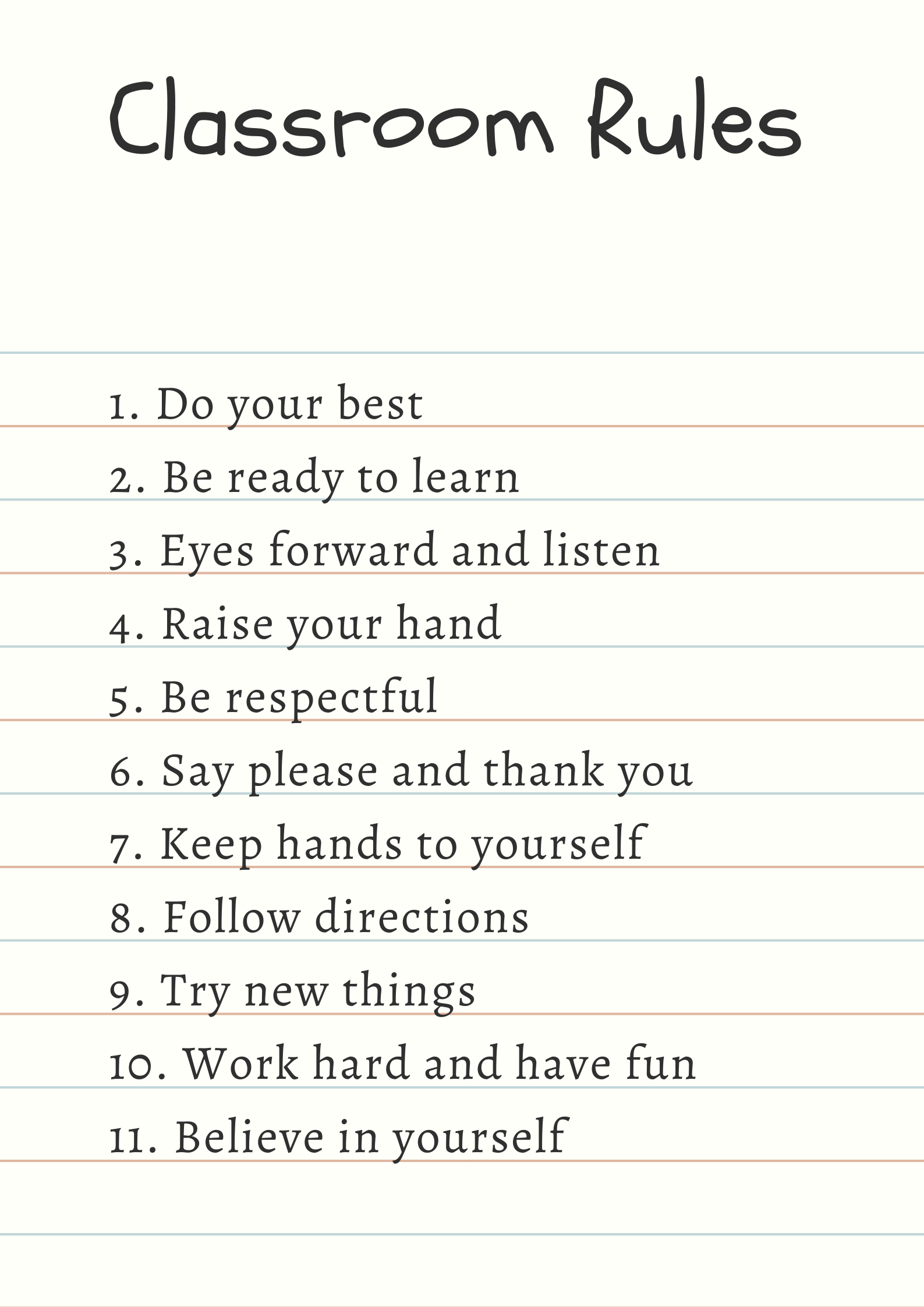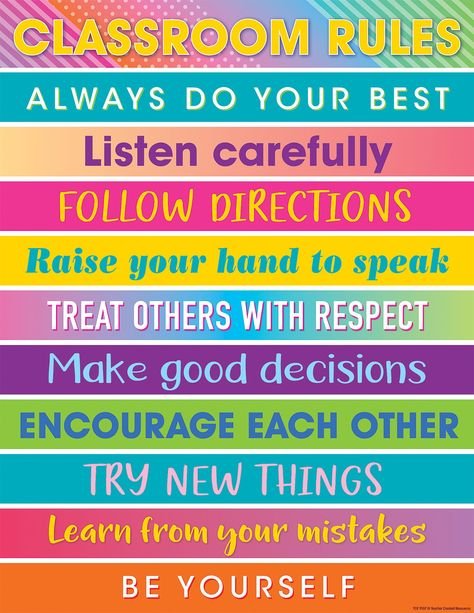When class rules don’t work…And How to Fix It
Audience: K-8 Educators
Skills: Instructional Design, eLearning Design, Analysis, Visual Design
Tools Used: Canva
.the details
Horton Instructional Design Model
The following is a selection of work from a larger course on behavior management strategies. They showcase a blend of Absorb, Do, and Connect activities from the Horton Instructional Design Model. By aligning Absorb, Do, and Connect activities to terminal and enabling objectives, instruction is learned, practiced, and applied which leads to more successful implementation of target learning.
Universal Design For Learning (UDL)
UDL, or Universal Design for Learning, serves as a framework to enhance and optimize instruction and learning for all, drawing from scientific research on how people learn. The ultimate objective is to make education as inclusive as possible. In this specific course, my learners vary in age and experience, and are cultural diverse. For this reason, I aimed to incorporate a blend of instructional techniques and activities that build upon the knowledge and experiences my learners already have.
Absorb
The section is designed to highlight the function of rules and contrast it to encouragements, which are often mistaken for rules. Learning is instructor-led, involving lecture and tangible reading materials distributed to each person. While an example is below, it is expected that instruction will vary based on learner engagement, discussion, and questions.
Terminal Objective:
Identify methods to set high expectations and accountability in the classroom.
Enabling Objective:
Differentiate between rules and encouragements.
Do
With an improved understanding of the disparity between rules and encouragements, the learner will attempt to differentiate between the rules and encouragements on the following posters. In this activity, learners sort the items on the poster into their appropriate place on the graphic organizers provided during training.
Terminal Objective:
Identify methods to set high expectations and accountability in the classroom.
Enabling Objective:
Differentiate between rules and encouragements.



Connect
This activity puts learned strategies into action. When learners understand the purpose of a rule, the danger of increasing cognitive load on students, and the differences between rules and encouragements they can create a set of rules that really works for their classroom and teaching style.
Terminal Objective:
Identify methods to set high expectations and accountability in the classroom.
Enabling Objective:
Design a set of rules for the classroom.
.Key Takeaways
Having sat through numerous professional development meetings myself, I wanted to prioritize my learners' needs. They're busy professionals who prefer project-based and job-relevant instruction. I focused on job-relevant activities that would have an immediate impact. The learners leave the course with new classroom rules and enforcement methods, along with parent communication templates.
Working with the Universal Design for Learning (UDL) framework was a game-changer for me. Although I'd heard about UDL before, I now have a clear understanding of its impact on course design. I realized that some of my planned activities wouldn't be accessible, especially for learners with vision challenges. With this in mind, I switched to creating tangible reading materials that could be read at close range and incorporated group work and partner feedback. To engage a wider range of learners, I included a mix of activities from discussions and graphic organizers to original work featuring posters, drawing, and letter-writing. It was an interesting lesson for me - I always want to go above and beyond, but sometimes it’s necessary to exercise restraint in order to reach as many learners as possible.





























